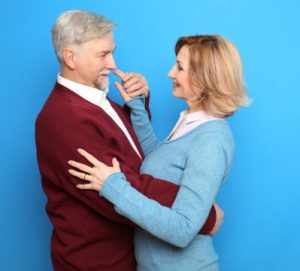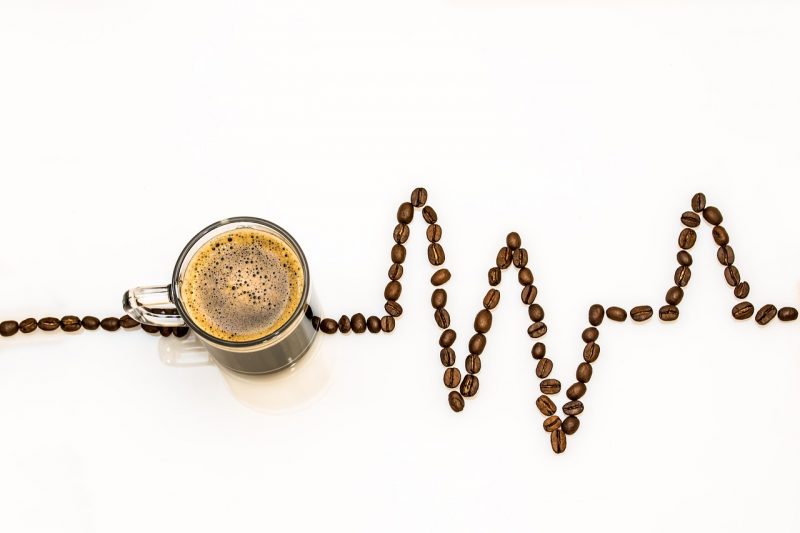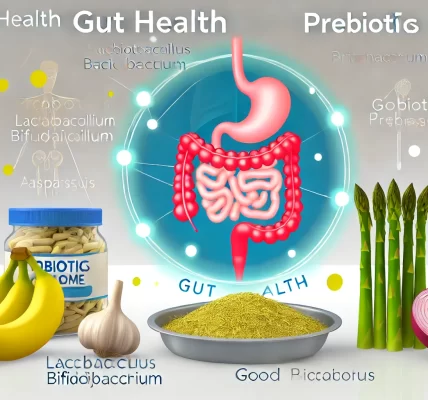How often do you dance?
If your answer is “not often,” then you may want to dust off your dancing shoes!
New research suggests that the fun and engaging activity of dancing can have anti-aging effects on the brain and improve balance of those who practice regularly.
The Aging Brain
Aging is associated with a number of marked brain changes including reduced blood flow, decreased brain tissue density, and less communication between brain cells. This is seen in certain cognitive diseases such as Alzheimer’s which affects the brain’s hippocampus.
These have been shown to interfere with certain aspects of cognitive function, including memory formation and learning.
A measurement of cognitive function called “processing speed” is one of the brain’s capabilities most dramatically affected by aging. Processing speed is a measure of how quickly the brain can acknowledge, compute, and react to new information.
It is quite common for people older than 40 to exhibit worse performance on processing speed tests than those who are younger. This discrepancy only increases with age.
The prevailing theory behind this phenomenon is that aging leads to a degeneration of the brain’s white matter. White matter is composed of specialized cells that send messages between neurons and to different parts of the brain. Young brains are able to process these messages quickly and efficiently. Older brains, however, show white matter that is less efficient causing message to slow and incoherent.
Previous research on the aging brain has shown that exercise has a positive effect, but this new study suggests that dancing may be more beneficial than endurance training for reversing the cognitive effects of aging.
The Study
The journal Frontiers in Human Neuroscience published the new study on June 15, 2017. The results show that older adults who regularly engage in physical exercise can actually reverse the signs of aging in the brain.
It is well known that physical exercise can combat age-related cognitive decline, however it has not been clear which kinds of exercise provide the most benefit.
Dr. Kathrin Rehfeld, from the German center for Neurodegenerative Diseases in Germany, is lead study author. Rehfeld and her colleagues designed the study to determine what types of exercise were most beneficial for an aging brain.
“Exercise has the beneficial effect of slowing down or even counteracting age-related decline in mental and physical capacity,” says Dr. Rehfeld.
“In this study, we show that two different types of physical exercise (dancing and endurance training) both increase the area of the brain that declines with age. In comparison, it was only dancing that led to noticeable behavioral changes in terms of improved balance.”
Methodology
The study participants included 52 healthy adults aged 63-80 years, with the average age being 68. The researchers randomly assigned each participant to one of two exercise groups for 18 months.
One group was participated in 90 minutes of strength-endurance training each week, while the other group engaged in a 90-minute dancing lesson each week for the course of the 18 month study.
It is important to note that while the strength-endurance group repeated similar repetitive exercises each week such as cycling and nordic walking, the dancing group was presented with new and different dance techniques in each session.
“We tried to provide our seniors in the dance group with constantly changing dance routines of different genres (Jazz, Square, Latin-American and Line Dance),” said Rehfeld.
“Steps, arm-patterns, formations, speed and rhythms were changed every second week to keep them in a constant learning process. The most challenging aspect for them was to recall the routines under the pressure of time and without any cues from the instructor.”
The Results
At the conclusion of the 18-month study period of exercise interventions, each participant was examined with magnetic resonance imaging (MRI) to assess changes in the brain. These scans were compared to the images obtained at the outset of the study.
The researchers also assessed the balance of participants using the Sensory Organization Test, both before and after the study.
The results showed that both groups of participants exhibited increased volume in the hippocampus, with the dance group showing the greatest increases. The hippocampus is a region of the brain that is especially vulnerable to age-related cognitive decline. The hippocampus also plays a key role in one’s ability to balance and is the area most affected by Alzheimer’s disease.
Notably, the dance group exhibited an increase of neuronal connections in the dentate gyrus of the hippocampus, an area associated with memory formation, while the endurance training group did not.
Additionally, the dancers showed significant increases in their ability to balance while the strength-endurance group did not.
The authors write, “the dancers showed increases in some HC [hippocampus] subfields where there was no change to be observed in the sports group. This indicates that apart from physical fitness, other factors inherent in dancing contribute to HC volume changes, too.”
It is likely that the discrepancy is due to the novelty involved in the learning process of dancing, while strength and endurance training is repetitive and does not challenge the brain in the same way.
Dancing for A Younger Brain
Dr. Rehfeld concludes the paper with some advice for those seeking to stave off cognitive decline.
“I believe that everybody would like to live an independent and healthy life, for as long as possible. Physical activity is one of the lifestyle factors that can contribute to this, counteracting several risk factors and slowing down age-related decline. I think dancing is a powerful tool to set new challenges for body and mind, especially in older age.”
References
http://journal.frontiersin.org/article/10.3389/fnhum.2017.00305/full
https://www.sciencedaily.com/releases/2017/08/170825124902.htm
http://www.medicalnewstoday.com/articles/319181.php
https://www.nytimes.com/2017/03/29/well/walk-stretch-or-dance-dancing-may-be-best-for-the-brain.html?mcubz=0
Check Out More Keto Articles Join Our Keto Group




















Dr. Colbert,
Enjoyed both articles very much. Who wants inflammation any way?
As a former ballroom dance instructor and Latin dance performer, I can personally attest to the benefits of dance. It’s interesting to read the scientific reasons why.
Check out my website… SantaFeCompanyNM.com … EXTREMELY SHORT and to the point… you will especially enjoy the 4th/last page… I promise!
Krist Peetz
Dr. Colbert.
My name is Pam Mark Hall. I just finished recording a new album called “Mangle the Tango.” Encoraging boomers that “It’s better to fall than never to dance at all.”
I’d like to send you a complimentary copy. It underscores your message.
To what address shall I send it?
Thank you,
Pam Mark Hall
Hi Pam! We would love to hear your music. You can send it to Divine Health, Inc., 1908 Boothe Circle, Longwood, FL 32750, USA